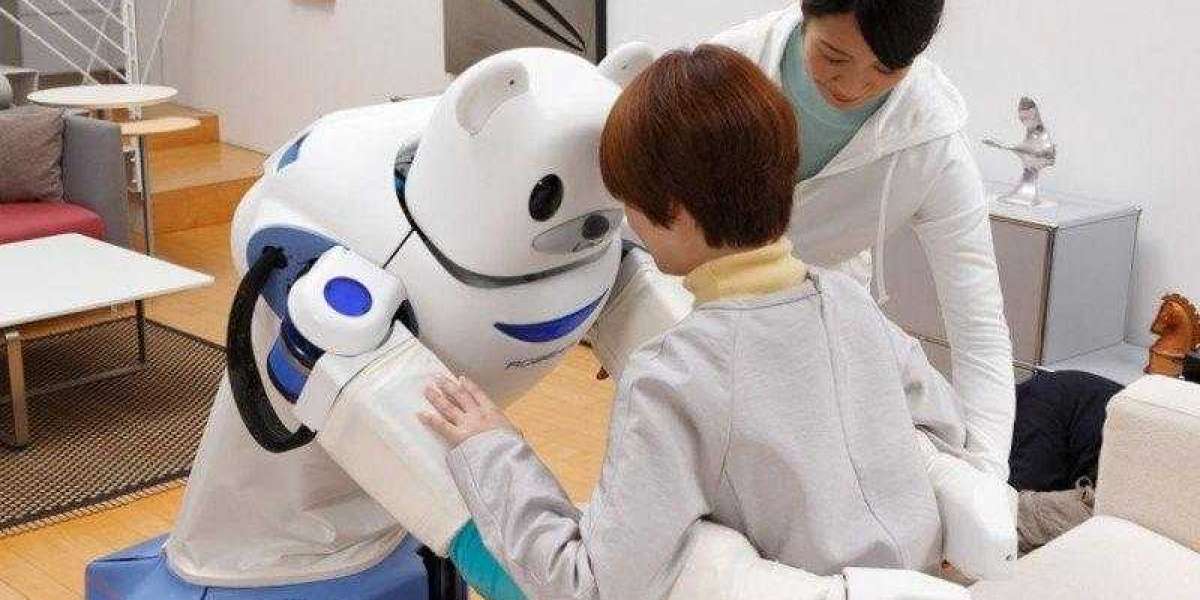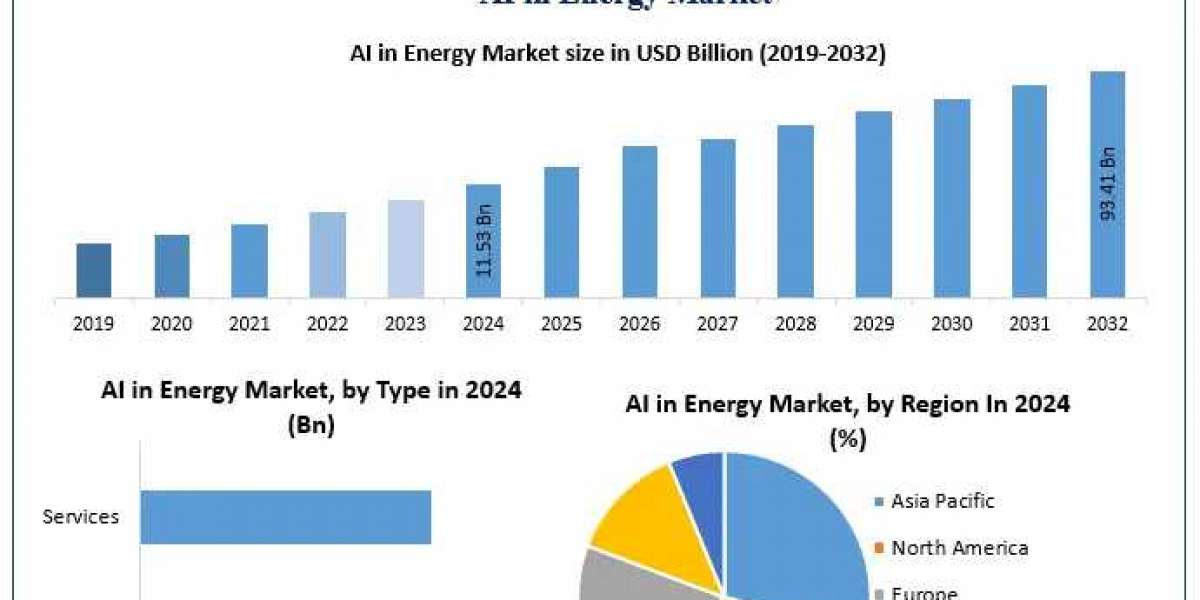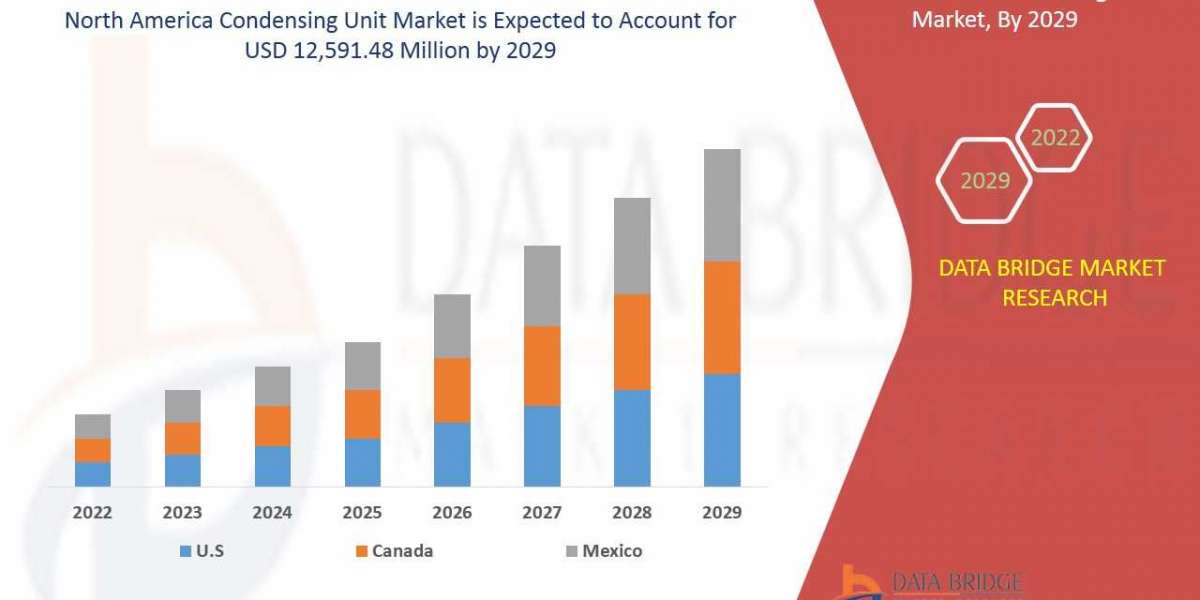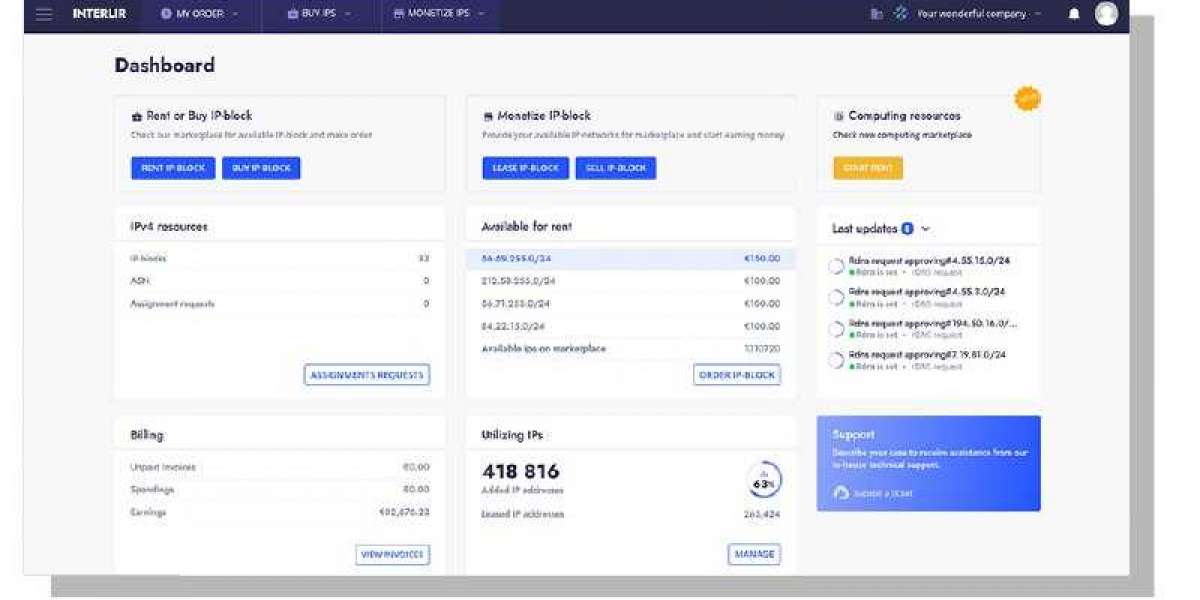The modern Eldercare Assistive Robot industry is not the domain of a single discipline but is a profoundly interdisciplinary ecosystem that requires deep collaboration between a wide array of specialists. At the very heart of this ecosystem are the robotics and AI technology companies, from agile startups to the RD divisions of established tech giants. These are the organizations designing the physical hardware, developing the complex software, and training the sophisticated machine learning models that give these robots their capabilities. However, they cannot succeed in a vacuum. They rely heavily on a critical layer of component suppliers, including manufacturers of advanced sensors (like LiDAR and 3D cameras), actuators, low-power processors, and specialized materials. The success of a final product is often dependent on the quality and performance of these underlying components, making the supply chain a crucial part of the industry's structure. This core of hardware and software innovators forms the technological foundation upon which the entire industry is built.
The ecosystem extends outward to include the indispensable contributions of the healthcare and gerontology communities. Gerontologists, occupational therapists, nurses, and doctors provide the essential subject matter expertise that ensures these robots are not just technologically impressive but are also genuinely useful, safe, and respectful of the user's dignity. Their input is critical during the design phase to ensure that the robot's functions address the real-world challenges faced by seniors and their caregivers. These healthcare professionals are also key stakeholders in the validation and adoption process, as their endorsement is often necessary for the technology to be accepted in clinical and home settings. Furthermore, academic and research institutions play a vital role, conducting the foundational research in human-robot interaction, ethics, and long-term efficacy that underpins the industry's progress. This partnership between technologists and care experts is fundamental to creating products that are both effective and humane.
Finally, the industry ecosystem is shaped and enabled by several other key players, including regulatory bodies, insurance companies, and investors. Government agencies like the FDA are responsible for establishing the safety and performance standards for robots that provide physical or medical assistance, and navigating this regulatory landscape is a critical task for any company in the space. Insurance companies and national health systems are potential key customers and payers; their willingness to provide reimbursement for these robotic services will be a major factor in driving widespread adoption. Venture capitalists and government research grants provide the essential funding that allows early-stage companies to undertake the long and expensive RD process. This intricate interplay between technology developers, healthcare experts, regulators, payers, and investors creates the dynamic and collaborative ecosystem that is necessary to bring the promise of eldercare robotics to scale, ensuring its responsible and impactful integration into society.






